Building a border around my yard
lostsoul62
10 years ago
Related Stories
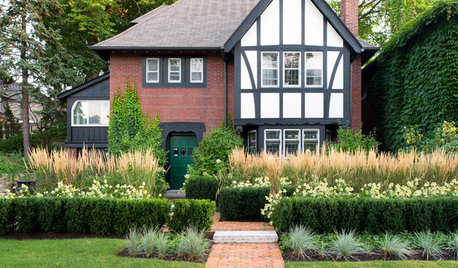
LANDSCAPE DESIGNHow Low Can Hedges Go? Discover Unusual Garden Borders
Short enough to step over, high enough to be a stretch ... check out these radically different hedge styles and tell us your opinion
Full Story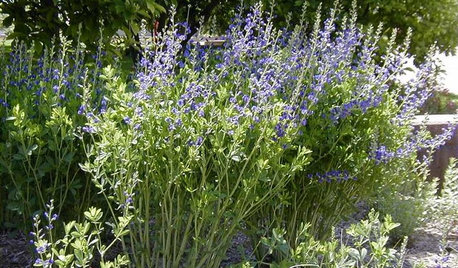
GARDENING GUIDES5 Great Plants for Borders and Screens
Get the effects of a shrub but in less time — and drawing more winged pollinators — with these herbaceous perennials
Full Story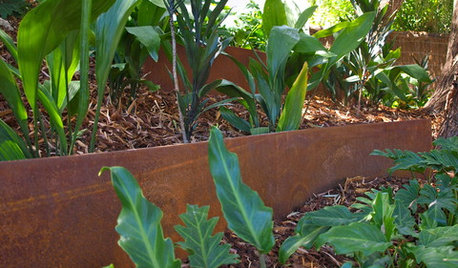
LANDSCAPE DESIGNGet an Edge: The Best Border Material for Your Garden
Do you want garden edging made of stone, concrete, metal or wood? Here are things to consider when choosing
Full Story
FARM YOUR YARDHow to Build a Raised Bed for Your Veggies and Plants
Whether you’re farming your parking strip or beautifying your backyard, a planting box you make yourself can come in mighty handy
Full Story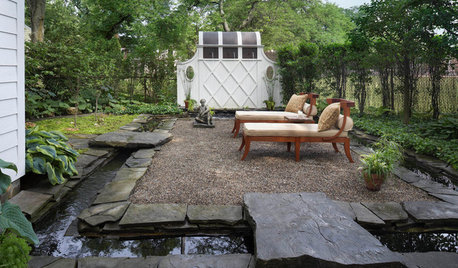
PATIO OF THE WEEKKoi Glide Around a Tranquil Garden's Moat
This idyllic retreat combines lush plantings, statues and moving water for a serene backyard scene
Full Story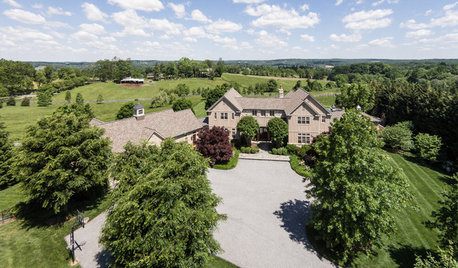
HOME TECHThe Inevitable Future of Drones Around Your Home
As Google joins the push for airborne deliveries, it seems only a matter of time before neighborhoods are buzzing with drones. Is that OK?
Full Story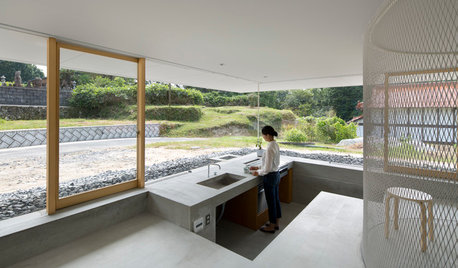
ARCHITECTUREWorld of Design: 10 Homes That Lap Up the Landscape Around Them
As building techniques develop, architects all over the globe are finding new ways — and new places — to integrate houses with nature
Full Story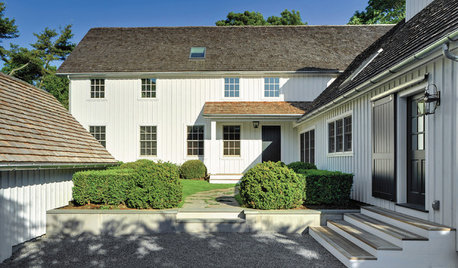
GREEN BUILDING8 Fabulous Prefab Homes Around the World
See global examples of housing’s best-kept secret — and learn why prefab may be the future of home building
Full Story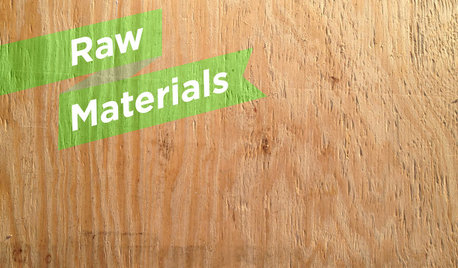
WOODThe Power of Plywood All Around the House
Of course you've heard of it, but you might not know all the uses and benefits of this workhorse building material
Full StoryMore Discussions






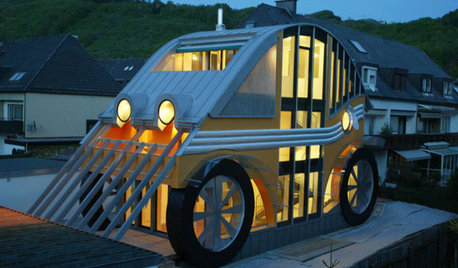
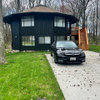
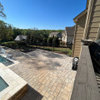
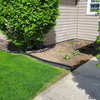

Yardvaark
sc77 (6b MA)
Related Professionals
Carlisle Landscape Architects & Landscape Designers · Woodinville Landscape Architects & Landscape Designers · Chelmsford Landscape Contractors · Emmaus Landscape Contractors · Las Vegas Landscape Contractors · Live Oak Landscape Contractors · Mastic Beach Landscape Contractors · Waterford Landscape Contractors · Camp Springs Landscape Contractors · Honolulu Decks, Patios & Outdoor Enclosures · Monroeville Decks, Patios & Outdoor Enclosures · Pueblo West Decks, Patios & Outdoor Enclosures · Sugar Land Decks, Patios & Outdoor Enclosures · Burleson Swimming Pool Builders · Malden Swimming Pool Buildersdeviant-deziner
Suzi AKA DesertDance So CA Zone 9b
deviant-deziner
lostsoul62Original Author
Yardvaark
lostsoul62Original Author
lostsoul62Original Author
Suzi AKA DesertDance So CA Zone 9b
Yardvaark
lostsoul62Original Author
Suzi AKA DesertDance So CA Zone 9b
Yardvaark
lostsoul62Original Author
whitecap
lostsoul62Original Author
Yardvaark
Suzi AKA DesertDance So CA Zone 9b
lostsoul62Original Author
Yardvaark
lostsoul62Original Author
whitecap